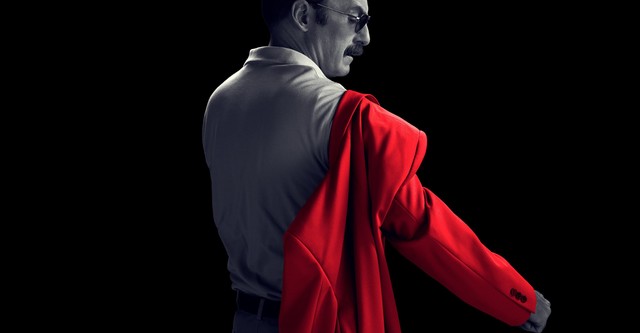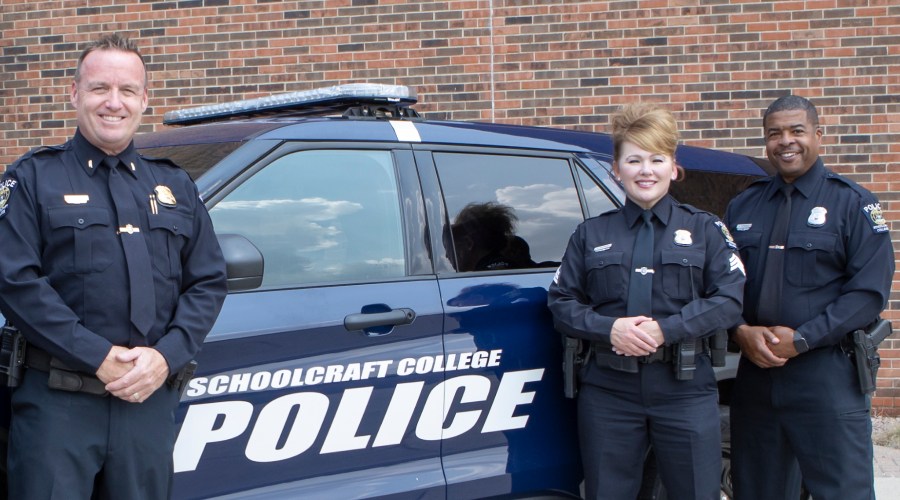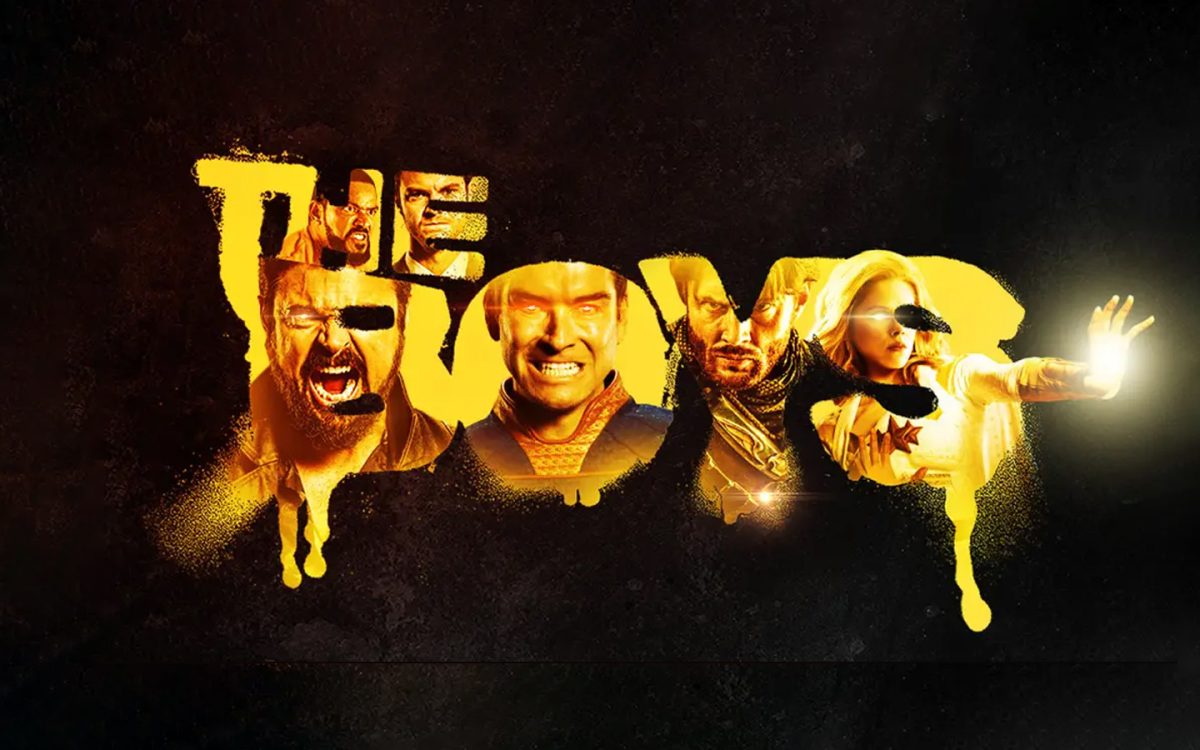That’s Saul for now, folks
How a prequel can enhance the original
September 21, 2022
10/10
When Vince Gilligan created “Breaking Bad” in 2008, he told the story of how an overqualified high school chemistry teacher with stage III cancer went on to become a drug kingpin. Gilligan’s ultimate goal was to answer the question of how a mild mannered family man can become a monster as his moral compass degrades and the world becomes more dire. When Peter Gould created a prequel to this concept called “Better Call Saul,” his goal was to answer the question of what taking on the persona of Saul Goodman solved for Jimmy McGill in the previous series. The answer to this question did not just lead to a satisfying conclusion to “Better Call Saul,” but the “Breaking Bad” universe as a whole.
Bob Odenkirk reprises his role as Jimmy years before he becomes the consigliere and lawyer of Walt. At the start of the series, he doesn’t even use the double entendre name Saul Goodman (S’all good, man) that is the titular namesake of the show. In fact, the sleazy TV lawyer personality he put on in “Breaking Bad” is nowhere to be found. He’s still a conman, yet he’s charismatic and if a person were to squint hard enough, they might even be able to call him endearing. Jimmy, often doing the wrong things, does them for the right reasons. He’s a lovable underdog who cuts corners and takes shortcuts, but it’s hard not to root for him regardless. “Better Call Saul” provides a side of Jimmy viewers have never seen before.
Jimmy has always lived under the shadow of his older brother, Chuck McGill (Michael McKean), who helped found a prestigious law practice known as Hamlin, Hamlin, McGill (HHM.) After years of scamming gullible bar patrons out of cash with his charisma and wit, Jimmy gets his act together and eventually ends up with his own law degree. Much to Chuck’s chagrin, feels that Jimmy didn’t earn his redemption and that his newfound respect for the law is nothing more than another long con. This puts the brothers at odds throughout the series.
Mike Ehrmantraut (Jonathan Banks) is another “Breaking Bad” alumni who returns in the prequel. The reasoning for his descent into the criminal underworld is depicted throughout the series alongside his internal justifications for his transgressions with a sort of moral code. “Better Call Saul” showcases how effective he is in his criminal pursuits as his path crosses with Jimmy. He’s not the only other familiar face to show up, but he is the most prominent after Jimmy.
Odenkirk is brilliant in his portrayal of Jimmy. His background as a comedy actor helps keep Jimmy likable, even when he’s making selfish choices, and Banks brings a compelling depth to Mike as a professional curmudgeon, but the real show stealer is Kim Wexler (Rhea Seehorn,) love interest and moral compass (for better or worse) to Jimmy, as well as an accomplished lawyer herself. She’s vital in understanding why Jimmy does what he does, but stands on her own as one of the most compelling characters in the show.
While there is action in “Better Call Saul,” it takes a backseat to the primary focus: a character study of a man who just wants to be accepted. The guns and drugs may take a backseat to the characters, but this is to the show’s benefit as viewers grow to empathize with Jimmy. Fans of “Breaking Bad” should expect a slower, more methodical story with a worthwhile payoff- and when the guns do come out, the action is as explosive as ever.
The tragedy of “Better Call Saul” is that the viewer already knows it doesn’t work out. Jimmy eventually completes his transformation into the cynical Saul Goodman and the events of “Breaking Bad” transpire.
However, there is a silver lining for fans of the previous show to look out for: Each season features a flash forward of Jimmy’s life post “Breaking Bad.” Because of this, viewers are better off having seen the former show first.
Without spoiling it, he’s miserable.
The consequences of his actions force him to account for his cowardice. These sequences are seen through a black and white lens to highlight just how desolate his life is now, the one thing still giving him life being his old cheesy tv ads as Saul Goodman recorded on VHS; The only color he sees in a world of gray. The payoff to these sequences in the final season results in some of the best character development displayed on television. Peter Gould and Vince Gilligan didn’t only succeed in wrapping up the story of “Better Call Saul,” but also recontextualized and answered some lingering questions from the finale of “Breaking Bad” itself in one of the best runs of fiction ever committed to television.









